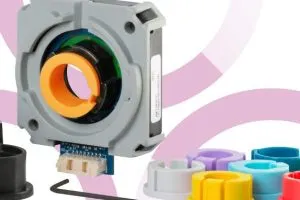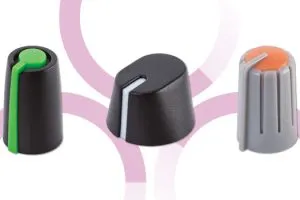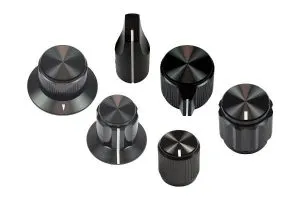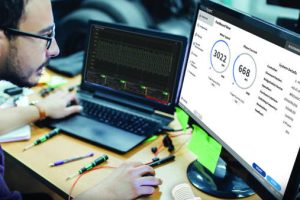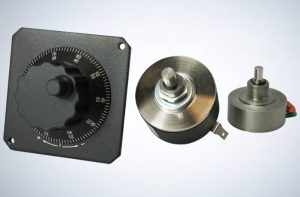
Inside the encoder, called HR100, the 100 detent ‘clicks’ are created by magnetic rather than mechanical means, and position sensing is via Hall magnetic detection rather than physical contacts.
Output is the traditional A-B two-phase quadrature waveform, created by a circuit with new Hall sensors and a more modern microcontroller.
“Production plants and industrial machines, such as CNC machines, are in
constant use and must function,” said EBE. “The Hall sensors in the revised handwheel remain precise and reliable throughout their entire service life [and] guarantee consistently precision, even under vibration or shock. The new magnetic detent is also not subject to mechanical abrasion.”
The detent arrangement also allows something the company calls ‘over-run’, where, rather than stopping instantly hand pressure is removed, the handwheel can be spun to send controlled mechanisms long distances without hand cranking all the way.
Two versions are available: A larger version, HR100-E50, with selectable detent torque for installation in fixed control panels, that is a drop-in replacement for the original HR100, and HR100-E40, a lighter less-deep version with only one torque setting for use in hand-held control units or thinner stationary control panels.
To go with these is a choice of operating knobs.
EBE (Elektro-Bau-Elemente) Sensors+Motion is headquartered in Leinfelden Echterdingen near Stuttgart, and develops and manufactures components for human-machine interfaces as well as actuators and mechatronics.
 Electronics Weekly
Electronics Weekly
